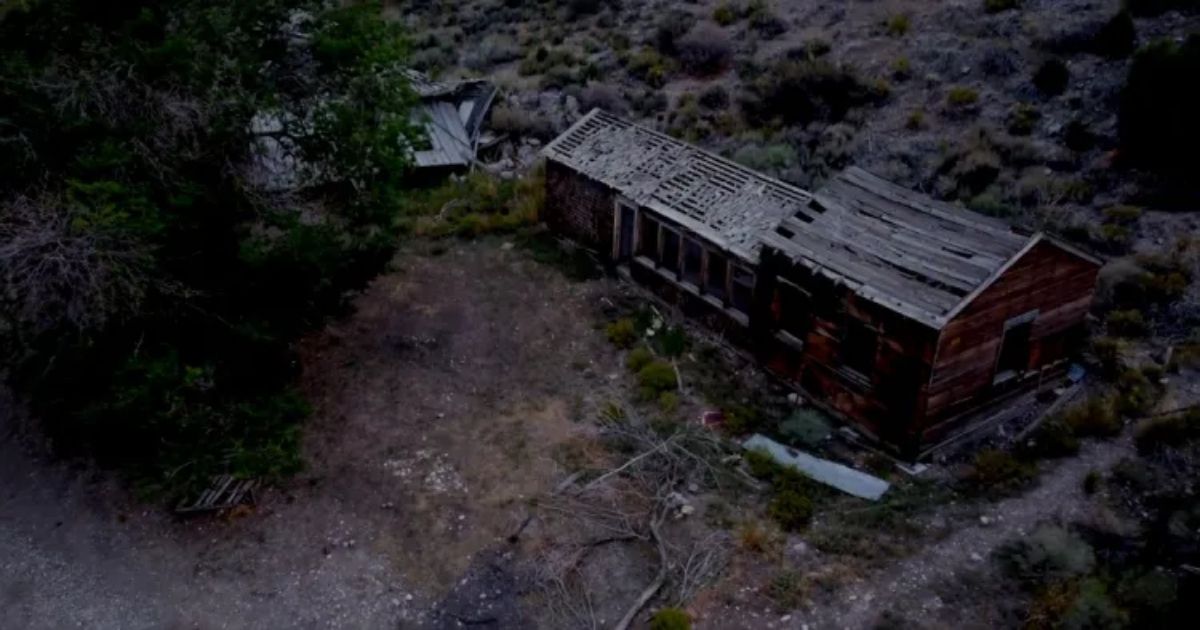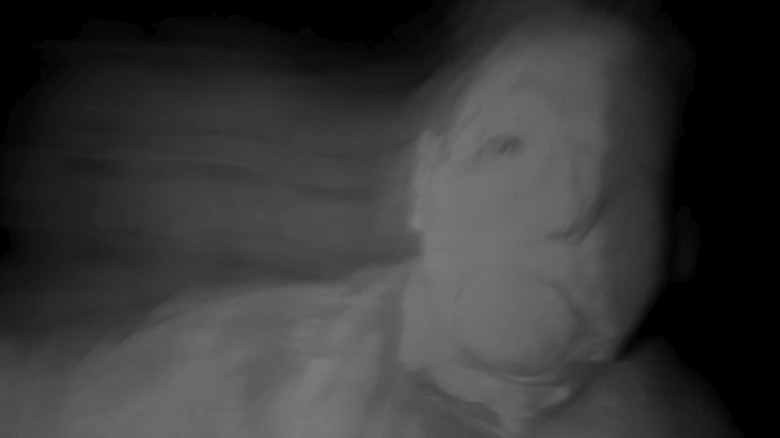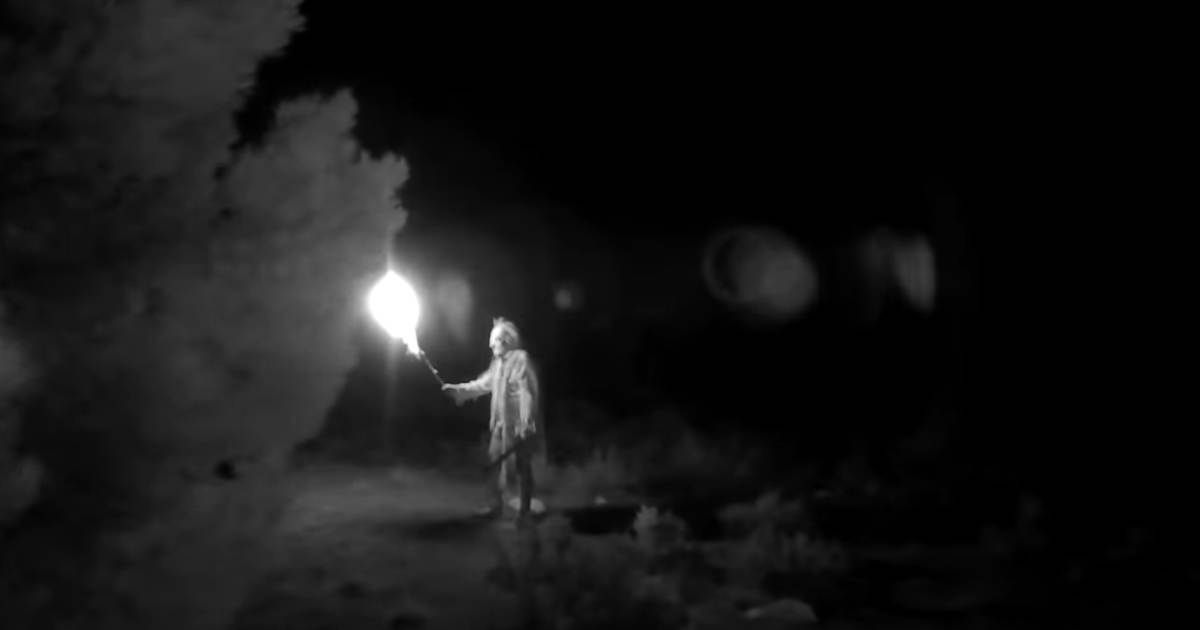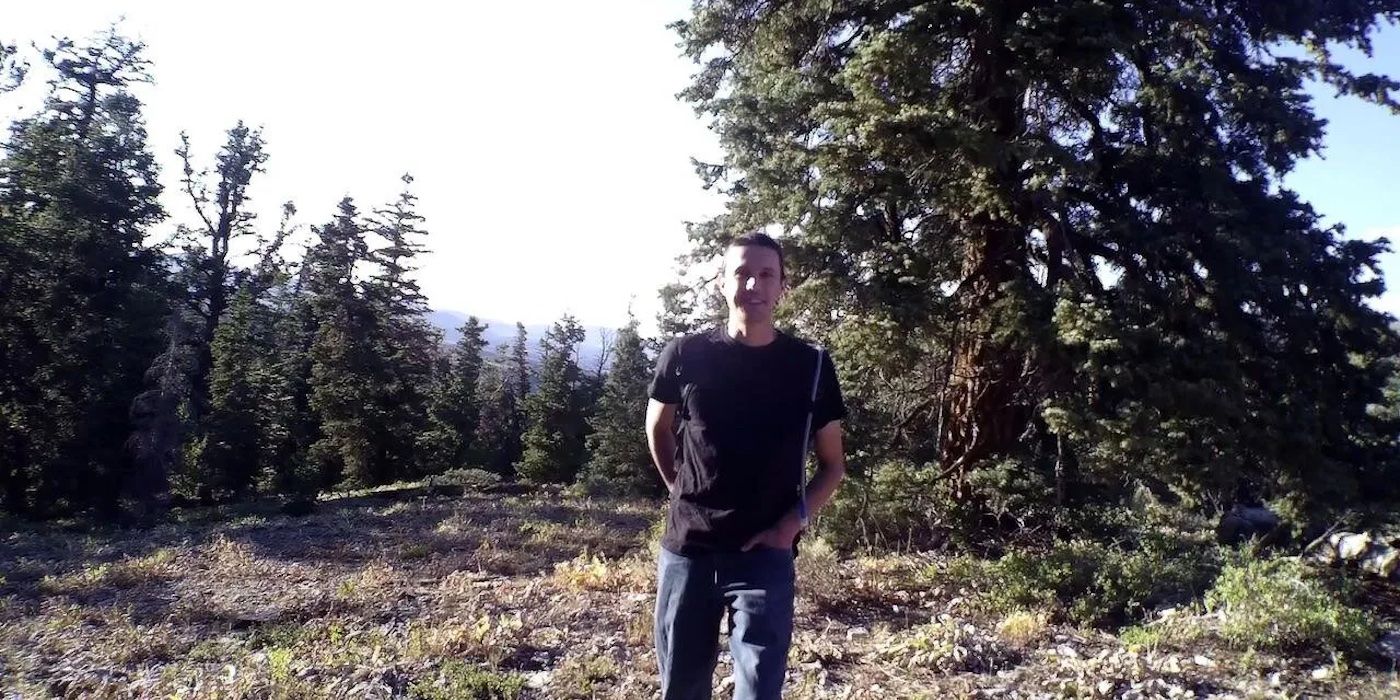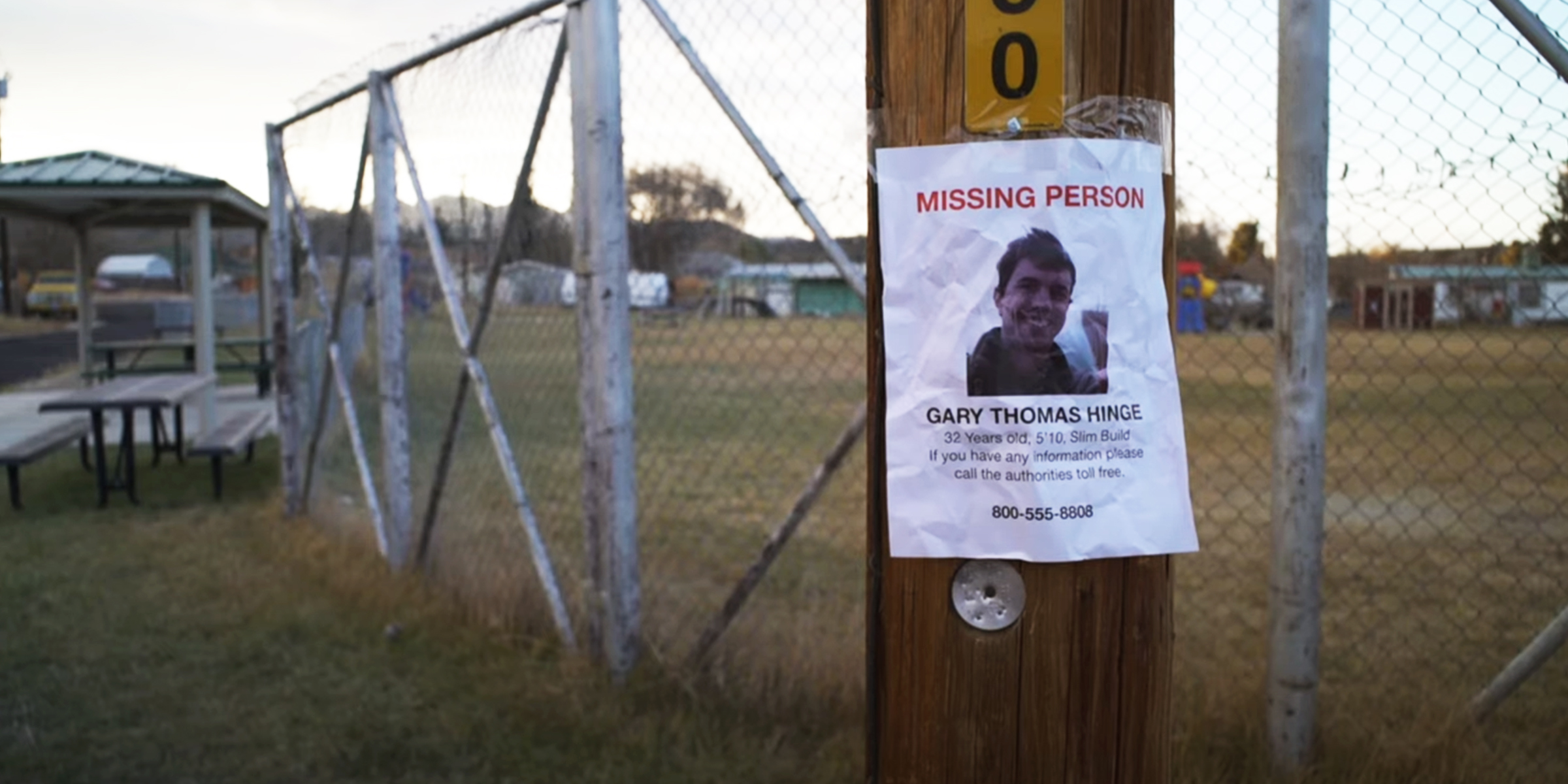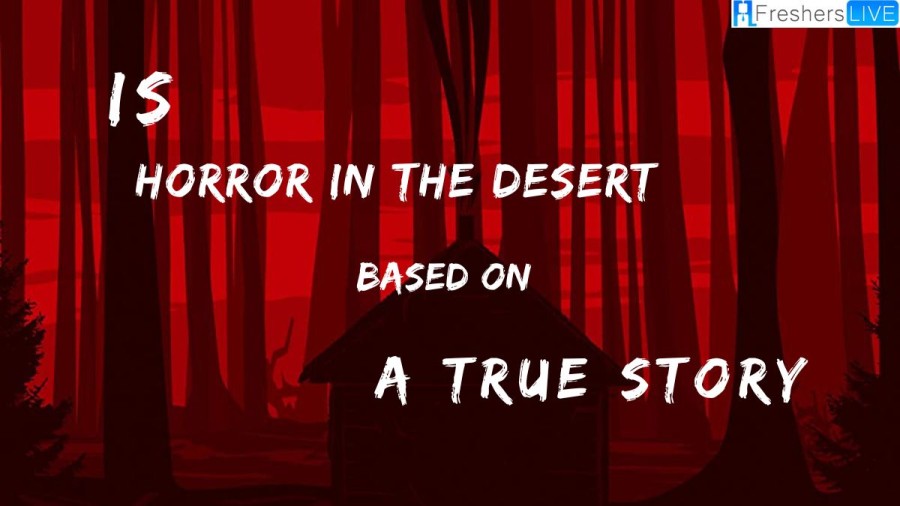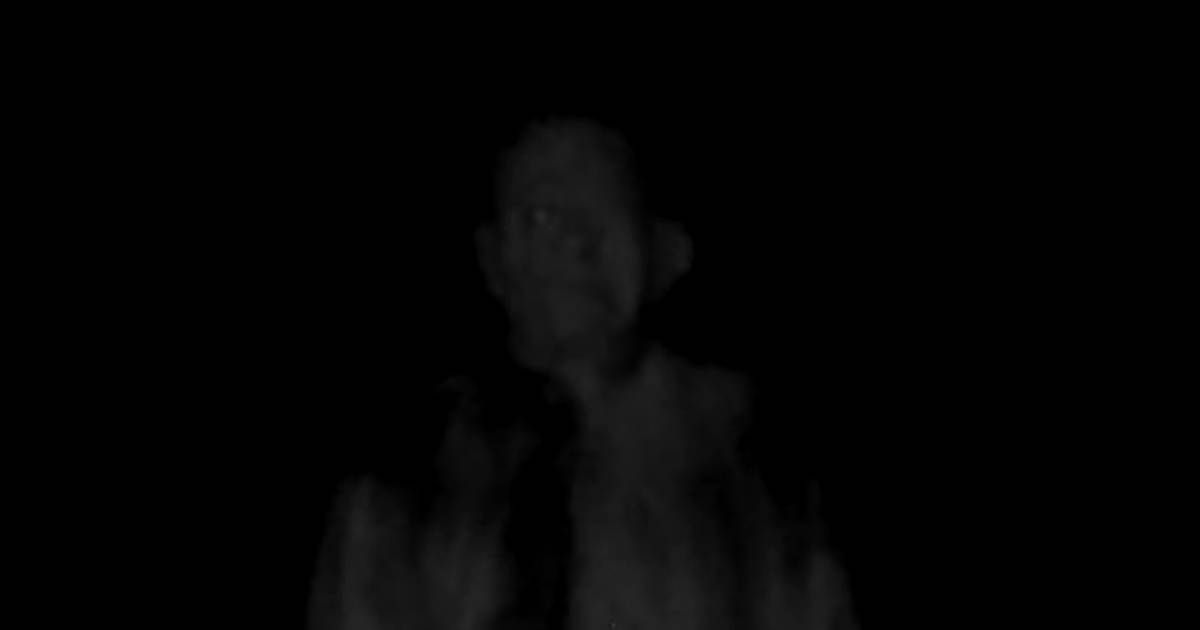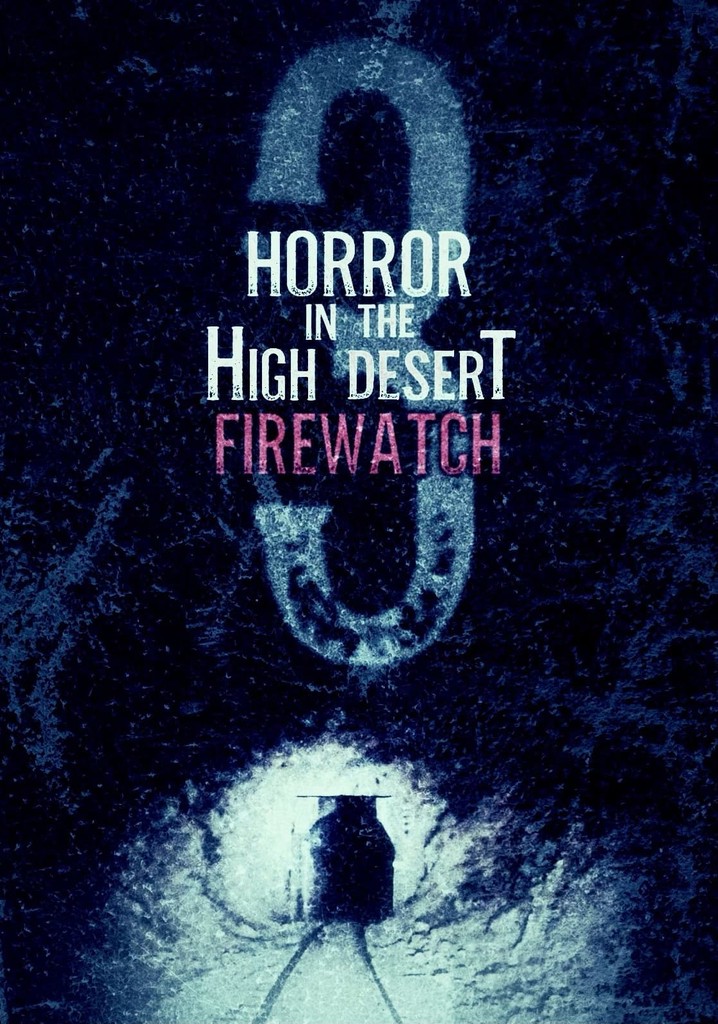Is Horror In The High Desert Real
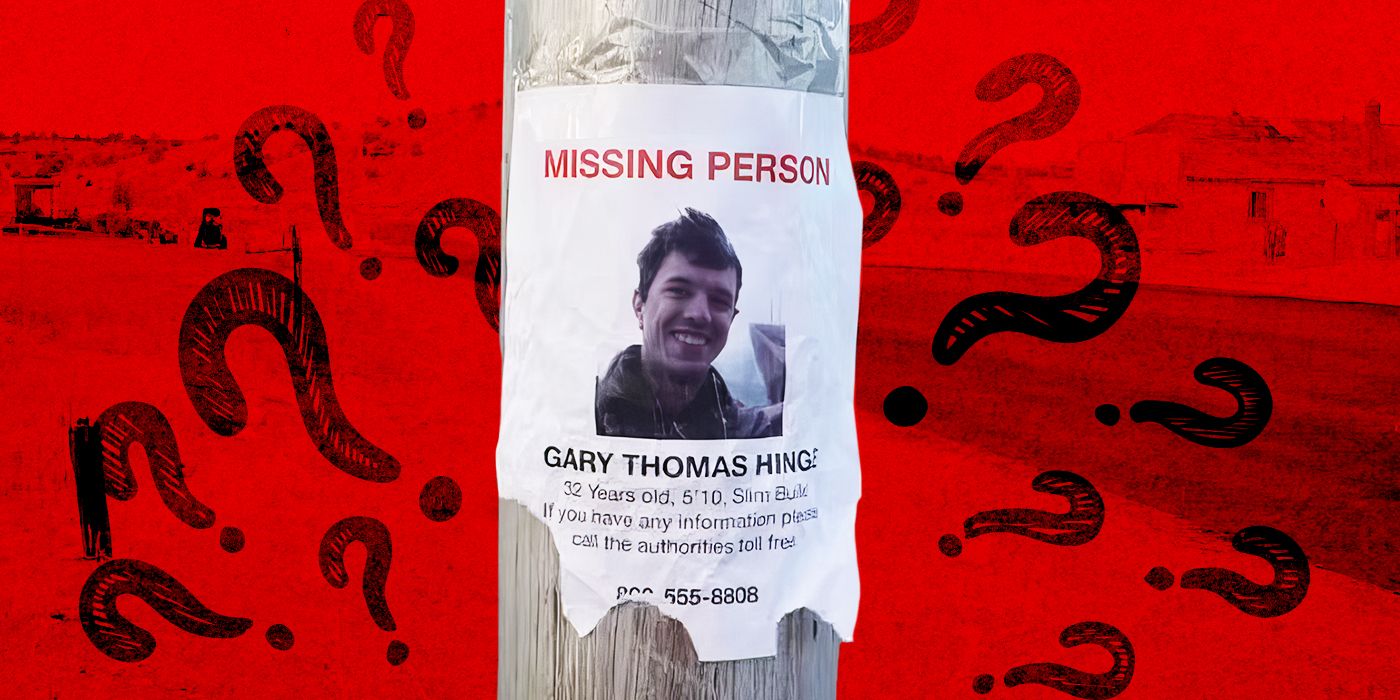
The Horror in the High Desert film series has captivated audiences with its found-footage style and unsettling depiction of disappearances in desolate landscapes. But beyond the fictional narrative, a persistent question lingers: is there any truth to the horrors portrayed in these films?
This article explores the line between cinematic creation and reality, examining the elements that contribute to the films' disturbing realism and investigating whether the phenomena depicted have real-world parallels. We will delve into the key details of the films, their reception, and the broader cultural anxieties they tap into, all while maintaining a critical and objective perspective.
The Films: A Synopsis
The Horror in the High Desert series, directed by Dutch Marich, centers on missing persons cases in the vast and isolated high desert regions of Nevada. The first film follows the disappearance of outdoorsman Gary Hinge, presented through a compilation of found footage, interviews, and news reports. The second installment, Horror in the High Desert 2: Minerva, continues the narrative, focusing on the search for another missing person, Minerva, and further exploring the unsettling events surrounding these disappearances.
These films adopt a found-footage aesthetic, lending a sense of authenticity and immediacy to the terrifying events unfolding on screen. The minimalist approach, combined with the stark and isolating landscapes, contributes to the overall sense of dread and suspense.
The Allure of Found Footage
The found-footage genre, popularized by films like The Blair Witch Project, thrives on creating a perception of realism. By simulating amateur recordings and eschewing traditional cinematic techniques, these films blur the line between fiction and reality, inviting viewers to question what they are seeing.
The Horror in the High Desert films leverage this technique effectively. The shaky camera work, grainy visuals, and seemingly unscripted dialogue contribute to the impression that these events are genuinely unfolding before the viewer's eyes.
Real-World Parallels: Disappearances in Remote Areas
While the specific events depicted in the films are fictional, the phenomenon of disappearances in remote areas is unfortunately very real. The vast and sparsely populated regions of the American West pose unique challenges for search and rescue operations.
Factors such as harsh terrain, extreme weather conditions, and limited communication infrastructure can significantly impede efforts to locate missing persons. The National Missing and Unidentified Persons System (NamUs), a national information clearinghouse and resource center for missing, unidentified, and unclaimed persons cases across the United States, highlights the significant number of unresolved cases, particularly in western states.
"Unfortunately, there are many cases that remain unsolved. The vastness of the area can contribute to the difficulty of search and rescue efforts," a statement from a local Sheriff's Department regarding missing person cases in Nevada.
Cultural Anxieties and the Fear of the Unknown
The success of the Horror in the High Desert films can also be attributed to the cultural anxieties they tap into. The fear of the unknown, the vulnerability of individuals in the face of nature's power, and the unsettling prospect of encountering something inexplicable all resonate with audiences.
The films exploit the inherent human fear of isolation and helplessness. The desolate landscapes become symbolic of the characters' internal struggles, amplifying the sense of dread and vulnerability.
The Power of Suggestion and Ambiguity
The Horror in the High Desert films deliberately leave many questions unanswered, fueling speculation and encouraging viewers to draw their own conclusions. The ambiguity surrounding the disappearances, the nature of the threats faced by the characters, and the lack of definitive explanations all contribute to the films' lasting impact.
This reliance on suggestion rather than explicit depiction allows the audience's imagination to fill in the gaps, often leading to more disturbing and personalized interpretations. The unknown is often more terrifying than what is explicitly shown.
Conclusion: Fiction Rooted in Fear
While the Horror in the High Desert films are works of fiction, they draw upon real-world anxieties and the documented challenges of disappearances in remote areas. The found-footage aesthetic amplifies the sense of realism, blurring the line between cinematic creation and the potential for encountering the inexplicable.
Ultimately, the films' success lies in their ability to tap into our primal fears and vulnerabilities. By leaving much to the imagination and grounding their narratives in the desolate landscapes of the American West, the Horror in the High Desert series offers a chilling reminder of the unknown dangers that may lurk beyond the fringes of civilization.
